When disaster strikes, your home becomes your fortress. Fortifying your home isn’t just about keeping intruders out; it’s about creating a safe haven for you and your loved ones. These 15 security measures will help you prepare for the worst while hoping for the best.
Reinforce Entry Points
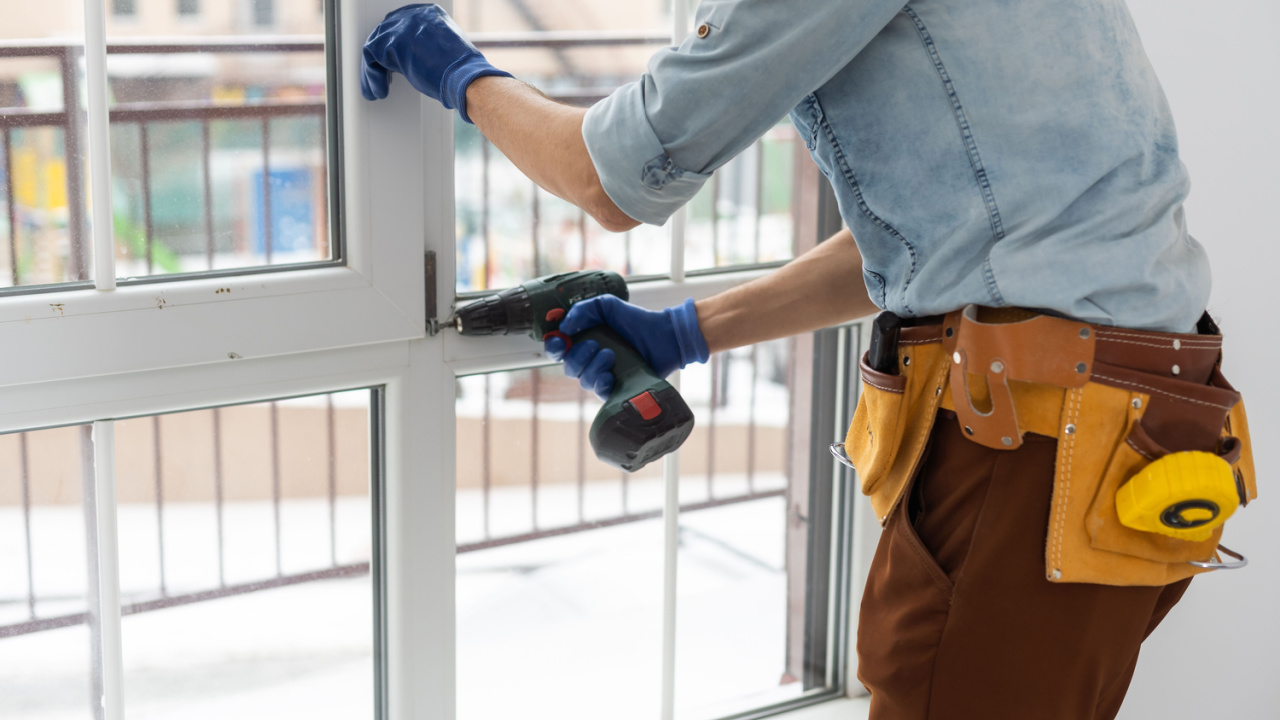
Doors and windows are your home’s most vulnerable spots. Replace flimsy doors with solid core or metal ones, and install deadbolts with at least a 1-inch throw. For windows, add security film to prevent shattering, and install window bars or security screens. Don’t forget about basement windows and skylights – these often-overlooked entry points need reinforcement too. Remember, a chain is only as strong as its weakest link, so fortify all potential entry points.
Create a Safe Room
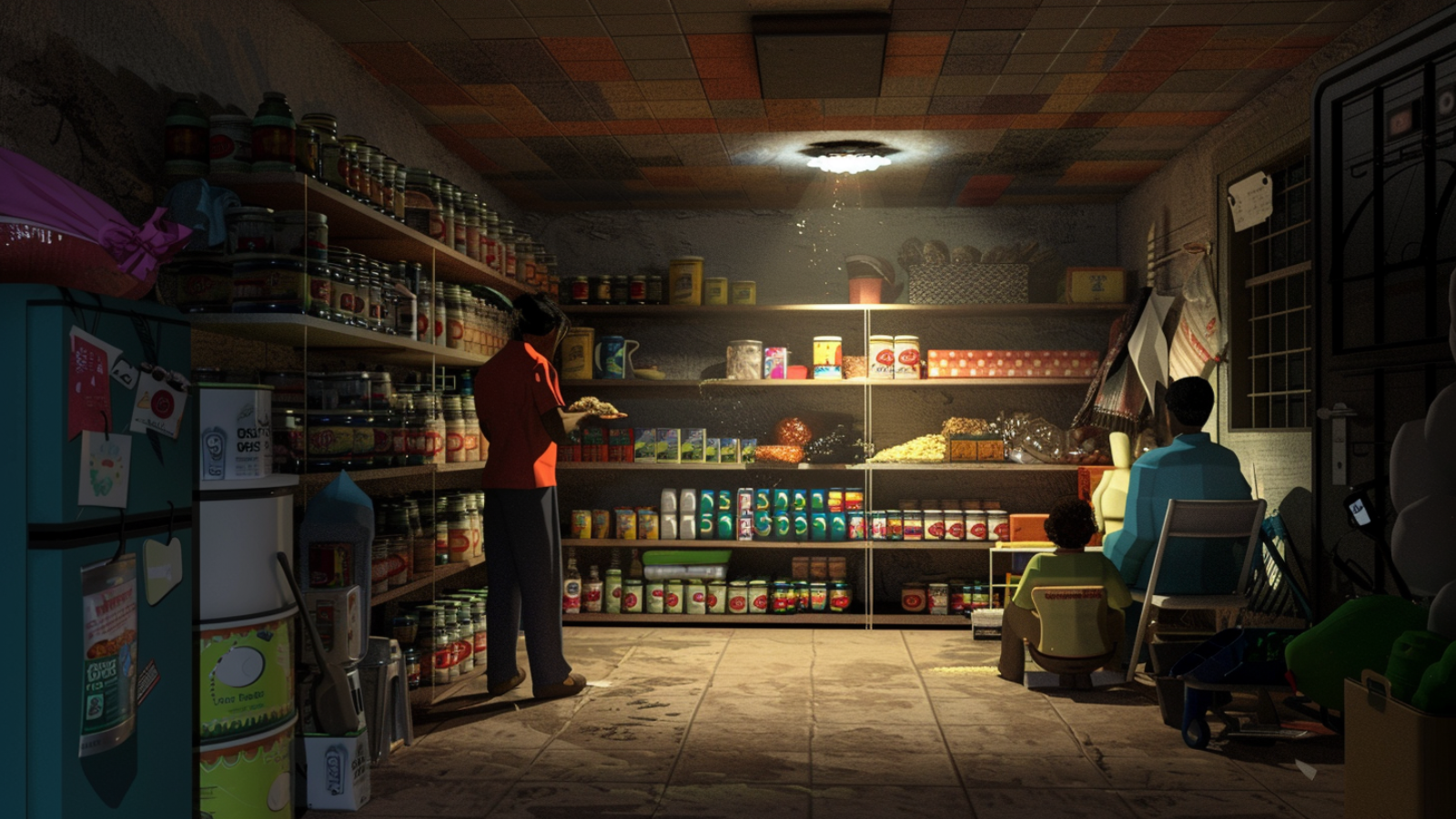
Designate a room in your home as a safe haven during emergencies. Choose a room with few or no windows, preferably on an upper floor. Stock it with essentials like food, water, first aid supplies, and communication devices. Reinforce the door with a steel frame and multiple locks. Consider adding a hidden panic button that alerts local authorities or trusted neighbors. Your safe room should be your last line of defense if all other security measures fail.
Install a Robust Security System

A comprehensive security system is your eyes and ears when you can’t be on guard. Include cameras, motion sensors, and alarms that cover all entry points and key areas of your property. Opt for a system with backup power and cellular connectivity to ensure it works during power outages or internet disruptions. Many modern systems allow remote monitoring via smartphone apps, giving you real-time alerts and video feeds. Remember, visible security measures can also serve as a deterrent to potential intruders.
Secure Your Perimeter

Your security starts at your property line. Install sturdy fencing around your property, at least 8 feet high to deter climbers. Add motion-activated lights around the perimeter and near entry points. Consider planting thorny bushes under windows and along fence lines as natural barriers. Gravel pathways can serve as a noisy alert system for approaching footsteps. A well-secured perimeter adds valuable time and difficulty for potential intruders.
Establish Neighborhood Watch
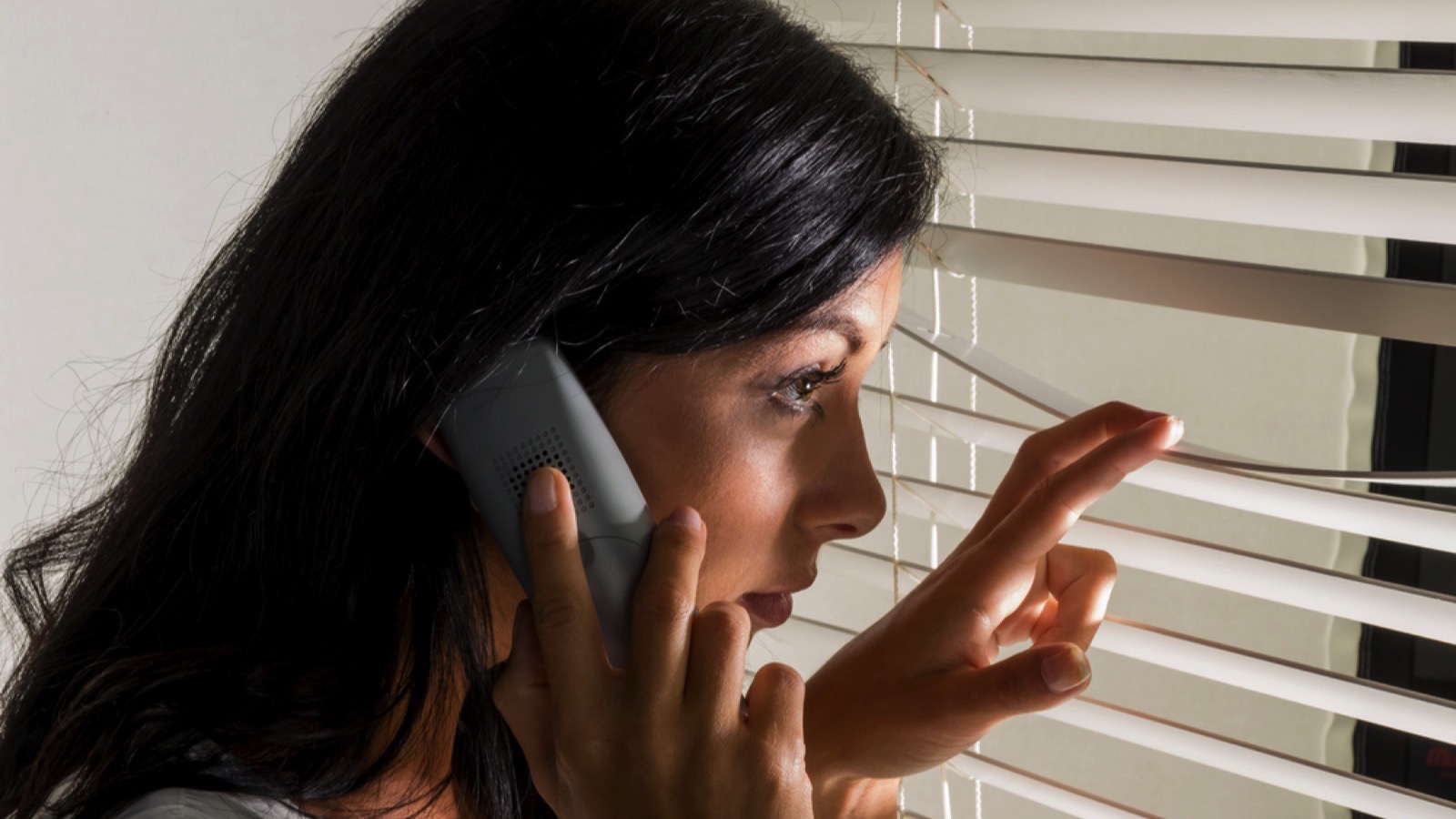
In times of crisis, your neighbors can be your greatest allies. Organize a neighborhood watch program to keep an eye on each other’s properties and share information about suspicious activities. Create a communication plan using radios or a phone tree system that doesn’t rely on cell networks. Regular meetings can help build trust and coordination among neighbors. Remember, a united community is much harder to target than isolated individuals.
Disguise Your Preparations

The first rule of prepping is discretion. Avoid advertising your preparedness to prevent becoming a target. Use privacy film on windows to obscure views inside. When bringing in supplies, do so discreetly, preferably at night or when neighbors aren’t around. Consider camouflaging your storage areas to look like ordinary household items. The less attention you draw to your preparations, the less likely you are to attract unwanted interest in a crisis.
Implement Access Control
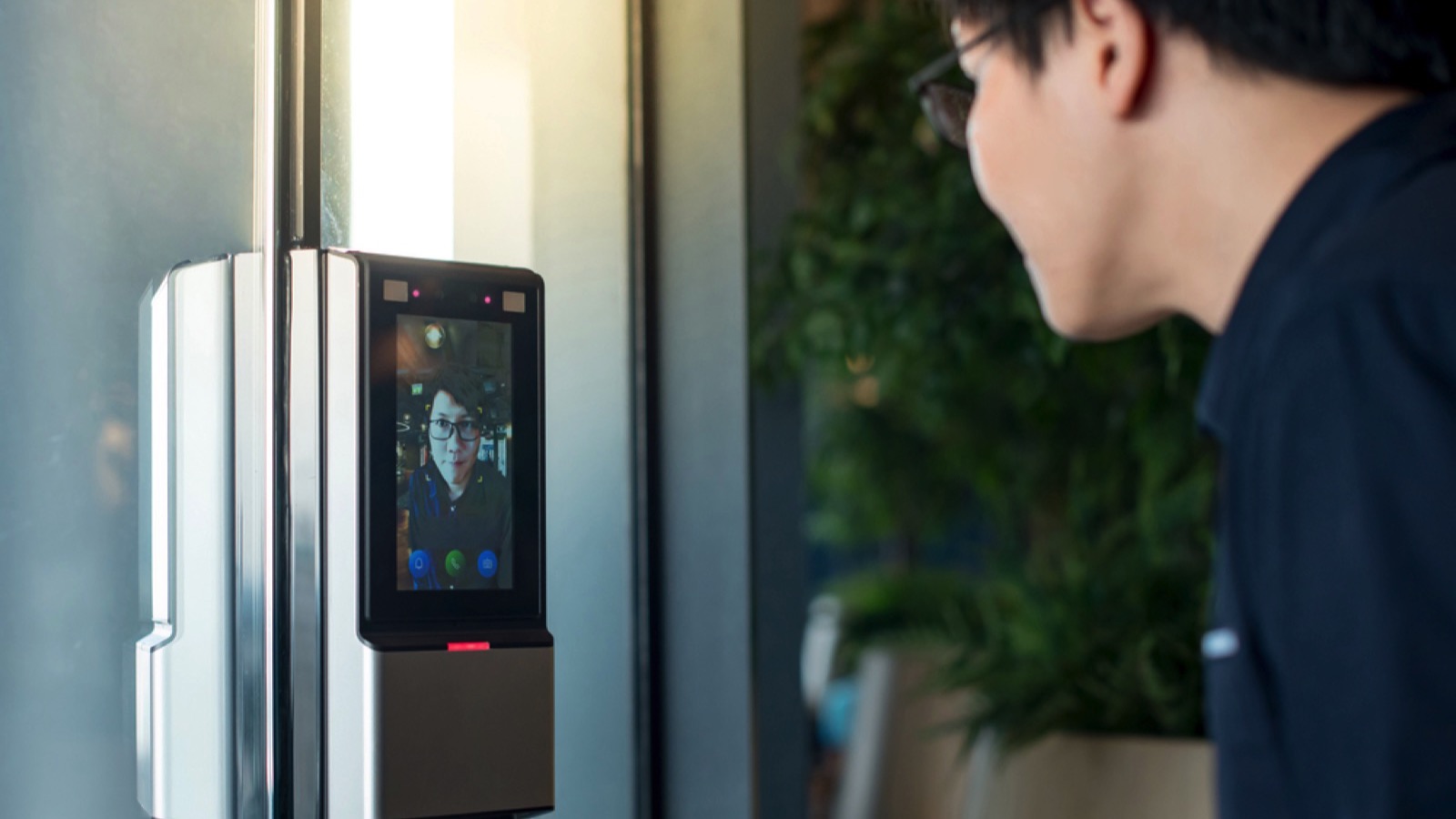
Limit and monitor who can enter your property. Install a robust gate at your driveway with an intercom system. Use keyed alike locks for all entry points to minimize the number of keys needed. Consider a keypad or biometric entry system for main access points. Keep a log of who enters and exits your property. Proper access control ensures you always know who’s on your property and when.
Create Defensive Landscaping
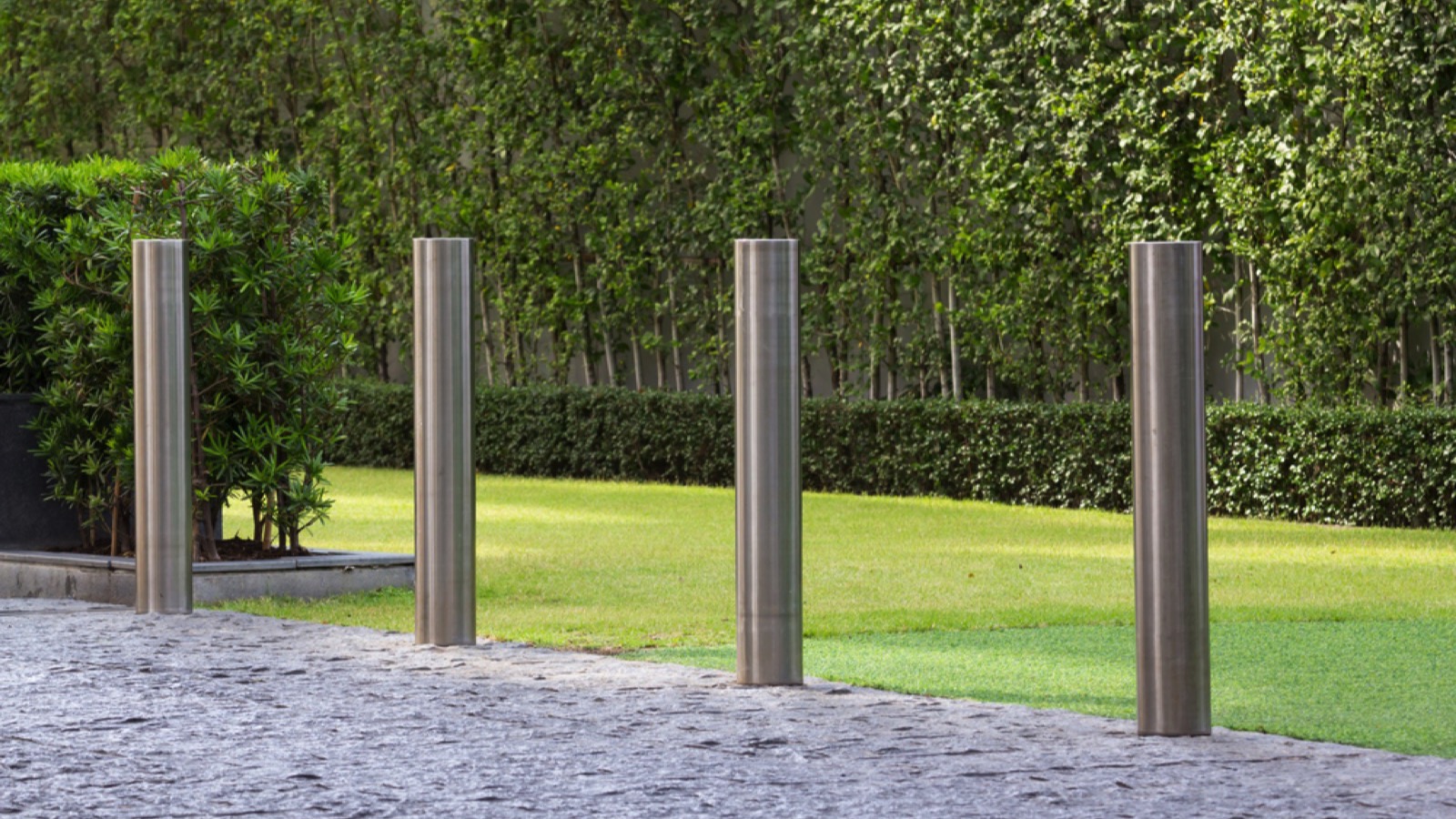
Your yard can be more than just aesthetically pleasing; it can be a defensive asset. Plant thorny bushes under windows and along fence lines. Use large rocks or bollards to prevent vehicles from ramming into your house. Keep trees trimmed away from the house to prevent them from being used as climbing aids. Strategic landscaping can deter intruders and provide natural camouflage for your defensive positions.
Stock Up on Non-Lethal Deterrents

Not every threat requires lethal force. Stock up on non-lethal deterrents like pepper spray, tasers, and high-powered flashlights. These can be effective in deterring or disabling intruders without the legal and moral complications of using lethal force. Practice using these tools regularly so you’re prepared to deploy them effectively under stress. Remember, the goal is to create distance and escape, not to engage in prolonged confrontations.
Harden Your Communications
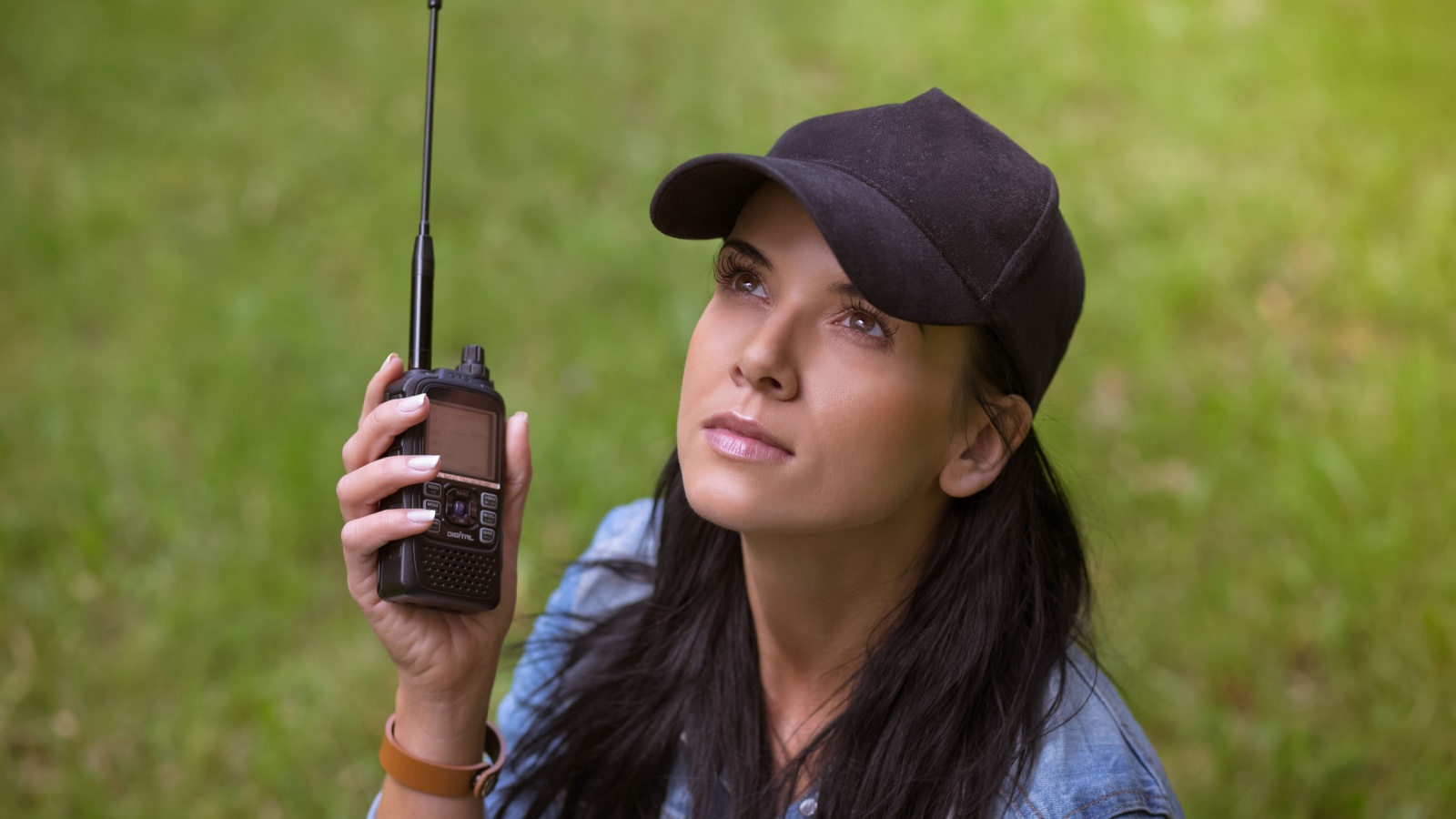
In a SHTF scenario, information is crucial. Set up a backup communication system that doesn’t rely on the grid. This could include ham radios, CB radios, or satellite phones. Create a Faraday cage to protect electronic devices from EMP attacks. Establish communication protocols with trusted neighbors or family members. Reliable communication can be the difference between reacting to events and staying ahead of them.
Establish a Surveillance System

Knowledge is power, especially in crisis situations. Set up a network of cameras and motion sensors around your property. Include night vision capabilities for 24/7 monitoring. Consider adding drones for aerial surveillance of your wider area. Create a central monitoring station where you can view all feeds. Regular surveillance allows you to detect threats early and respond proactively.
Fortify Your Power Supply
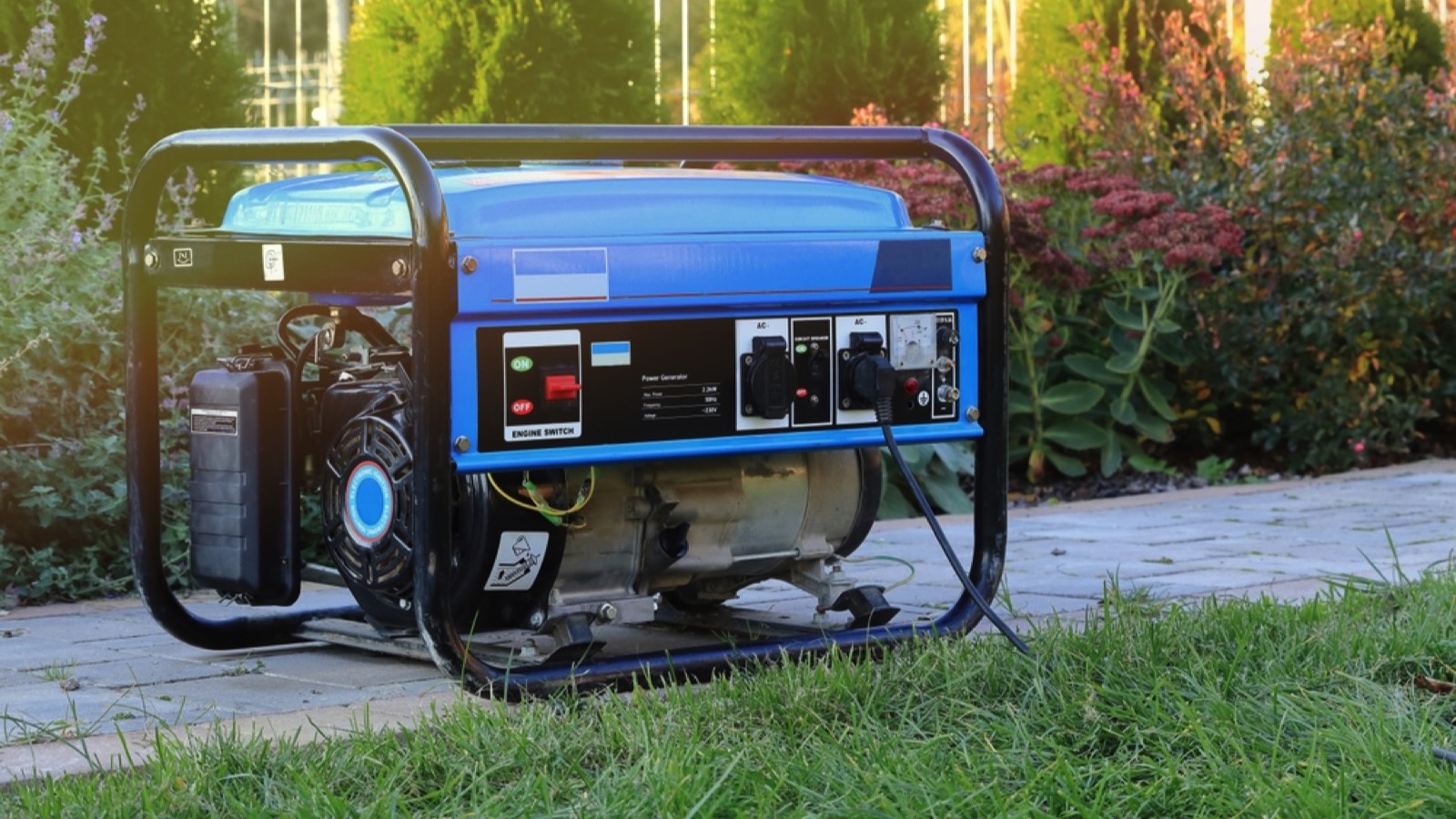
During a crisis, the power grid is often one of the first things to fail. Install a backup power system, such as solar panels with battery storage or a generator. Ensure you have enough fuel stored safely to run your generator for extended periods. Consider adding a manual transfer switch to easily switch between grid and backup power. A reliable power supply keeps your security systems running and maintains your quality of life during extended emergencies.
Create Multiple Bug-Out Routes
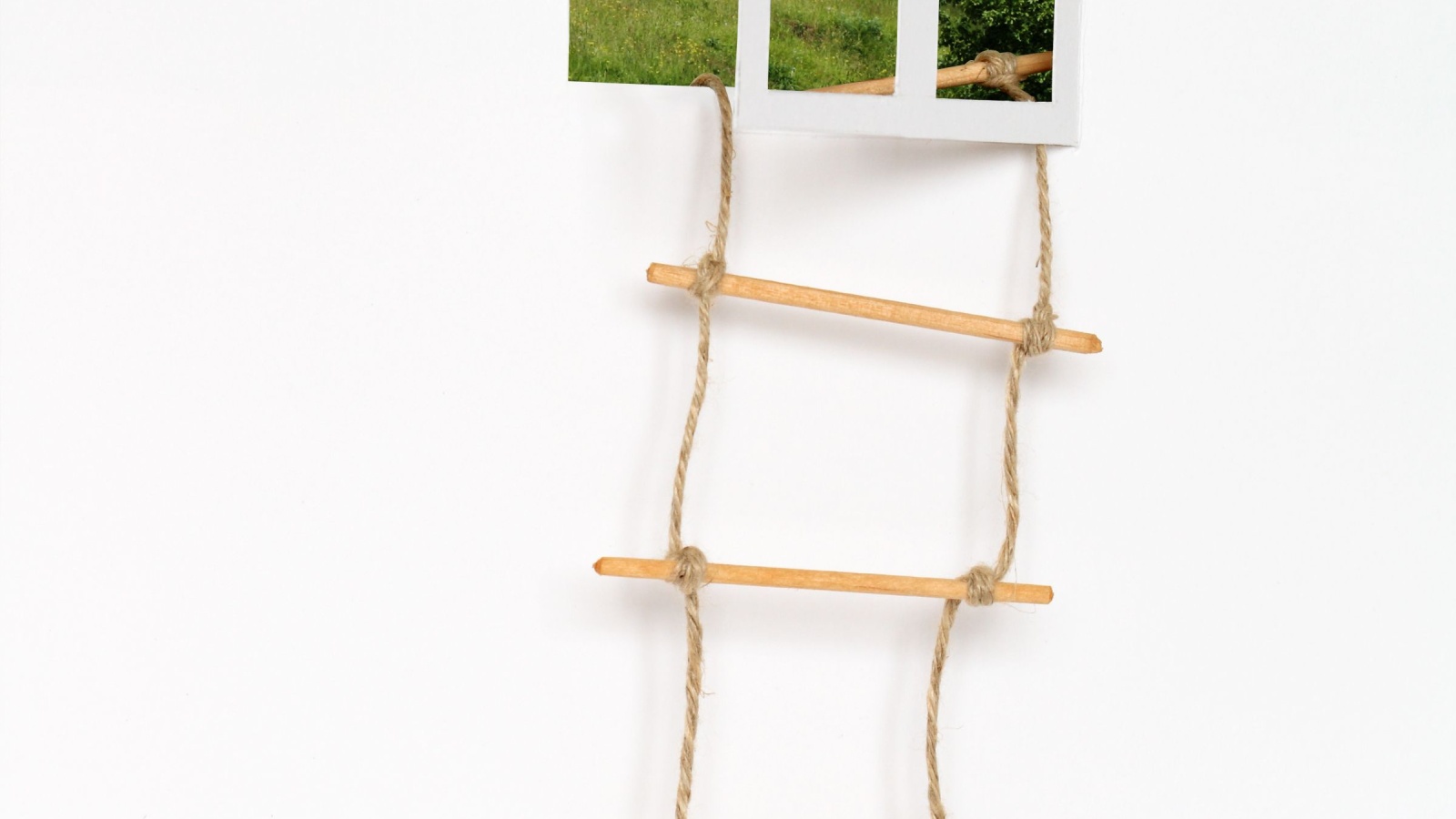
Sometimes, staying put isn’t an option. Plan and practice multiple escape routes from your property. Include both vehicle and on-foot options. Cache supplies along these routes in case you need to leave in a hurry. Familiarize yourself with the terrain and potential obstacles along each route. Having multiple, well-planned escape options increases your chances of safely evacuating if your home becomes untenable.
Implement Operational Security (OPSEC)

OPSEC isn’t just for the military; it’s crucial for preppers too. Be mindful of what information you share about your preparations, even with friends and family. Use encryption for sensitive communications. Regularly sweep for surveillance devices. Train family members on what information is safe to share and what isn’t. Good OPSEC prevents potential threats from gathering intelligence about your preparations and vulnerabilities.
Train and Drill Regularly

The best security measures are useless if you can’t implement them effectively. Establish a regular training schedule for all household members. Practice emergency protocols, including using your security systems, evacuating to the safe room, and bugging out. Conduct surprise drills to test readiness. Regular training ensures that everyone knows their role and can act quickly and decisively in a crisis. Remember, in high-stress situations, you don’t rise to the occasion – you fall to your level of training.
Best Hunting Rifles of the Last 50 Years
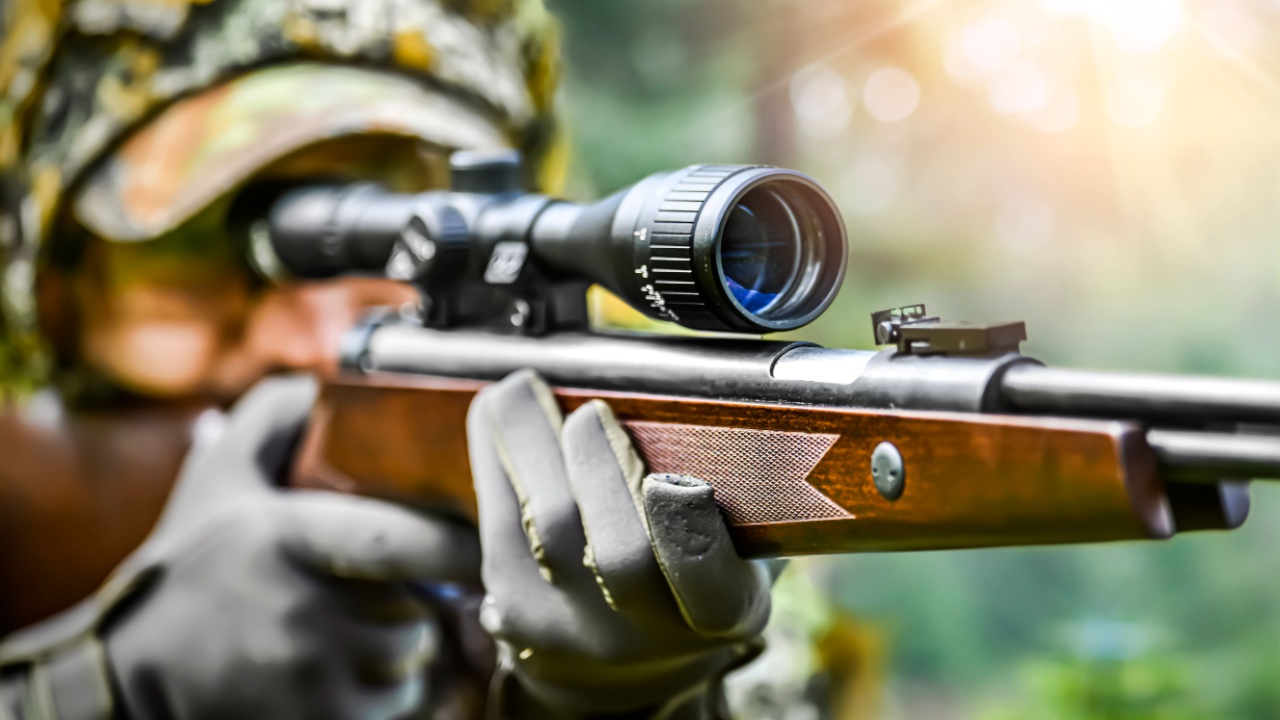
Choosing the “best” hunting rifle is a pretty personal thing. We all have different opinions and preferences on what we like to hunt with. But still, over the last 50 years, there have been some remarkable weapons. Over the past half-century, the evolution of hunting rifles has seen so many innovations, catering to a wide range of needs from the casual deer hunter to the adventurous big-game enthusiast. What’s your favorite hunting rifle? Which weapons deserve a spot on this list?
- Read More: Best Hunting Rifles of the Last 50 Years
14 Most Versatile Hunting Cartridges

With almost 16 million hunters in the United States, and with such a huge range of game to hunt, the right rifle and the best cartridge is critical. We have some of the most diverse ecosystems on the planet, with animals ranging from tiny squirrels to gigantic moose. The cornerstone of a successful hunt lies in the hunter’s skill and knowledge but also in the choice of ammunition. The right cartridge can make all the difference, offering the power needed for a clean, humane kill without compromising the quality of the game.
- Read More: 14 Most Versatile Hunting Cartridges
38 Things Every Prepper Should Stockpile That Aren’t Water, Food, or Weapons

This list extends beyond the basic survival trio of water, food, and weapons. It’s a given that we need to stock up on water, food, and a way to defend ourselves and what we have. But what other things will you need in a survival situation? None of us truly knows what TEOTWAWKI will really look like, although most of us have theories we think most likely. But whatever the situation is, there are certain supplies that it just makes sense to have on hand, aside from the obvious trio I mentioned above.

